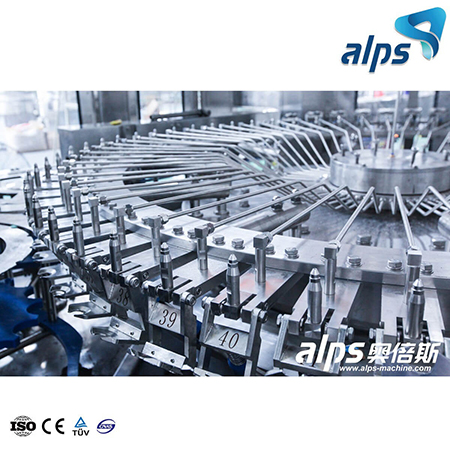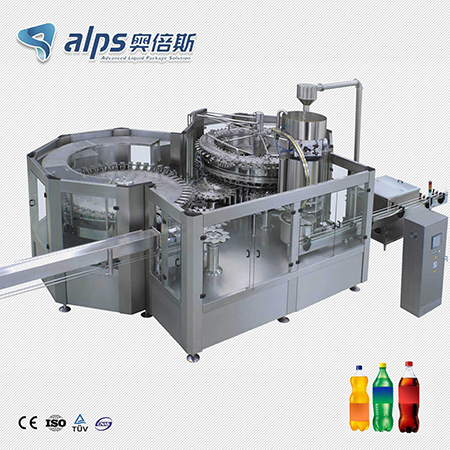Advanced Liquid Package Solution
The production line of beverage operations can attain substantial cost savings by dwindling detrimental mechanical forces as a result of meeting up with the production demands.
The pressure to produce extra than normal, the line speed is increased, which eventually can result in several issues. These include improper capping, torn labels, and sealing, and breaking denting, especially in lightweight produces.
But a better understanding of certain parameters like measuring and tracing the following mechanical forces on the production line, filling operations may pinpoint gaps and some problematic areas to work on and significantly improves the efficiency as well as limit downtime.
However, a quality beverage filling machine from a reliable manufacturer can improve efficiency and reduce downtime.
This article will X-rays the three major problem areas identify on the filling line. These include pressure, impact, and vertical loading.
1. Pressure
Conveyor systems experience high intensities of pressure, which can compact containers. Thereby, leading to costly aesthetic destruction like crush damage and label tearing.
Other related mechanical factors such as tilt, spin, and friction, which lead to abrasion damage and scuffing by compacting bottles.

The effect of intensifying pressure is not limited to the container but it contributes to the machine wear, maintenance cost, and frequent downtime measures.
Pressure in filling lines occur all through the transportation systems, thus, a well-balanced filling line is important to improve the overall performance irrespective of the container used. Rather the key aim of packaging processes is to monitor the correct area of disquiet and pressure.
Common causes of pressure are control strategies, line design, and conveyor belt wear.
However, routine monitoring of the filling line’s pressure frequently can maintain and prioritize prospect maintenance.
2. Impact
The impact is a damaging force often experienced when handling glass containers. Although it is not a surety that bottle breakage occurs by receiving a given impact but it might increase the chance of breakage.
However, it is important to understand the main cause of tremor in production by measuring the Inches per second (IPS). It helps the machine to improve efficiency and limit container breakage.
In other words, IPS rating simply means that a glass container is specialized to have a certain proportion of cracking when it is obstructed by identified mass.
However, IPS measurement has been strengthening as a rating for bottle manufacturers. It is also, an important measurement device for fillers exasperating to operate and design lightweight containers devoid of attainment of a breaking point.
3. Vertical Load
Inappropriately corking, sealing and capping can place extra downward forces on containers causing neck breakage and damage that processes cannot meet the expense. In the same vein, over piled pallet activates seal failures, which may affect the product quality.

We all know that calibration takes time. Most filling machines contain over 24 heads, and more than one container is filled at a moment, so calibration is carryout more often especially when bottle size or type is changed.
Beverage filling machines are usually preset to accomplish a correct seal on the bottle being operated. However, common roots of additional vertical forces include over-stacked pallets and unfitting calibration.
In-line sensors guarantee abrupt and real-time dimensions of the vertical dynamism that each capper is tenacious onto the bottle. However, a beverage filling machine can frequently diminish calibration from a long period to few minutes.
Are You In Need Of Beverage Filling Machine?
Are you in need of a beverage filling machine for your optimal performance, then kindly contact us by placing an order today and you will be delighted with our products and services.

By continuing to use the site you agree to our privacy policy Terms and Conditions.